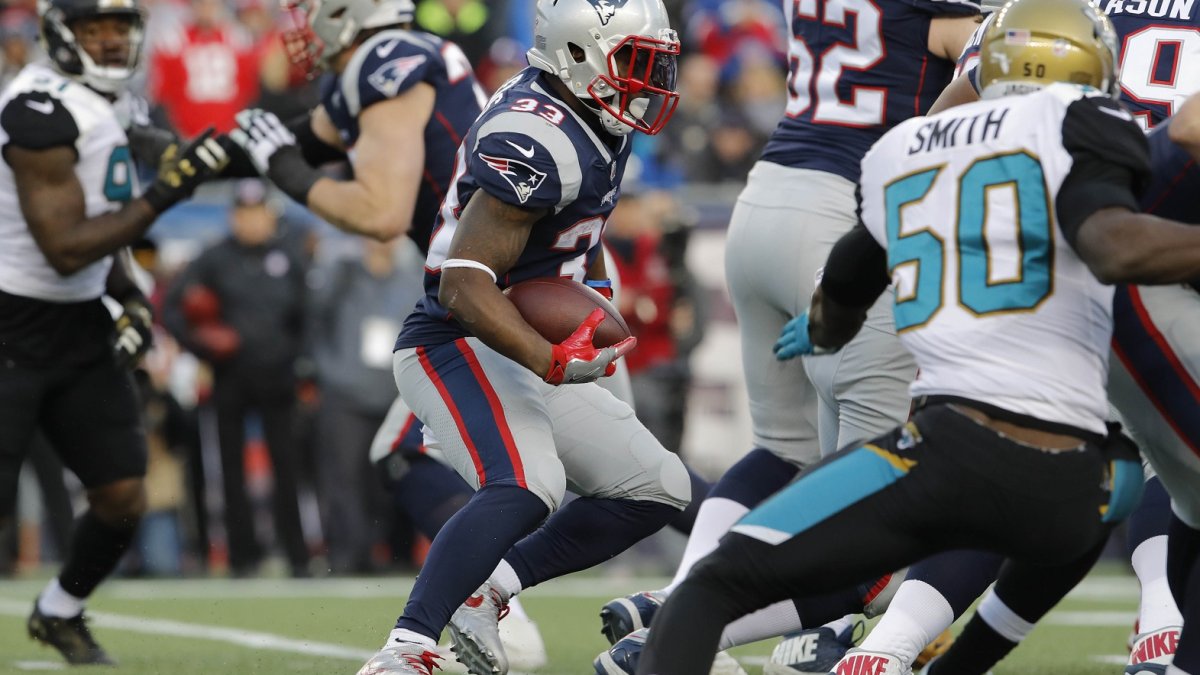Analysts have been desperate to understand how much responsibility to credit to offensive linemen and to running backs for their rushing yards for all of my lifetime and probably decades more. PFF’s comprehensive play-level tracking of yards before and after contact has advanced that endeavor tremendously. But while the point of contact provides a logical place to split yardage credit between linemen and backs, my research suggests that the skill of both parties contributes to yards before contact, and it’s best to make a subtle adjustment before you use it as a proxy for blocking performance.
If yards before contact were strictly a product of offensive line play, then running backs who switched teams should not show consistency in their yards before contact per attempt in those consecutive seasons. A new team means an entirely new set of blockers, and there is little reason to suspect that the quality of that new team’s blockers is at all related to the quality of the back who joins them. But whether you limit the sample to backs with 50 carries, 75 carries, or 100 carries in each of the back-to-back seasons, they show between 0.25 and 0.28 correlation strength in their YBC per attempt. By football statistic standards, that isn’t super low.
Exclusive content for premium subscribers

WANT TO KEEP READING?
Dominate Fantasy Football & Betting with AI-Powered Data & Tools Trusted By All 32 Teams
Already have a subscription? Log in



 © 2025 PFF - all rights reserved.
© 2025 PFF - all rights reserved.